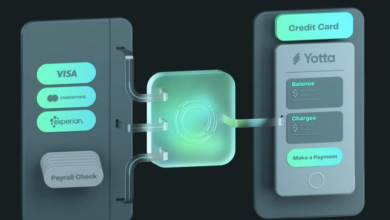As UP Fintech Holding (NASDAQ:TIGR) surges 10% this past week, investors may now be noticing the company’s three-year earnings growth

UP Fintech Holding Limited (NASDAQ:TIGR) shareholders should be happy to see the share price up 17% in the last month. But only the myopic could ignore the astounding decline over three years. In that time the share price has melted like a snowball in the desert, down 77%. So it sure is nice to see a bit of an improvement. But the more important question is whether the underlying business can justify a higher price still.
On a more encouraging note the company has added US$58m to its market cap in just the last 7 days, so let’s see if we can determine what’s driven the three-year loss for shareholders.
See our latest analysis for UP Fintech Holding
While the efficient markets hypothesis continues to be taught by some, it has been proven that markets are over-reactive dynamic systems, and investors are not always rational. By comparing earnings per share (EPS) and share price changes over time, we can get a feel for how investor attitudes to a company have morphed over time.
During five years of share price growth, UP Fintech Holding moved from a loss to profitability. We would usually expect to see the share price rise as a result. So it’s worth looking at other metrics to try to understand the share price move.
Revenue is actually up 7.6% over the three years, so the share price drop doesn’t seem to hinge on revenue, either. It’s probably worth investigating UP Fintech Holding further; while we may be missing something on this analysis, there might also be an opportunity.
The company’s revenue and earnings (over time) are depicted in the image below (click to see the exact numbers).
We know that UP Fintech Holding has improved its bottom line lately, but what does the future have in store? You can see what analysts are predicting for UP Fintech Holding in this interactive graph of future profit estimates.
A Different Perspective
It’s nice to see that UP Fintech Holding shareholders have received a total shareholder return of 37% over the last year. Notably the five-year annualised TSR loss of 9% per year compares very unfavourably with the recent share price performance. The long term loss makes us cautious, but the short term TSR gain certainly hints at a brighter future. Before deciding if you like the current share price, check how UP Fintech Holding scores on these 3 valuation metrics.
If you would prefer to check out another company — one with potentially superior financials — then do not miss this free list of companies that have proven they can grow earnings.
Please note, the market returns quoted in this article reflect the market weighted average returns of stocks that currently trade on American exchanges.
Valuation is complex, but we’re helping make it simple.
Find out whether UP Fintech Holding is potentially over or undervalued by checking out our comprehensive analysis, which includes fair value estimates, risks and warnings, dividends, insider transactions and financial health.
Have feedback on this article? Concerned about the content? Get in touch with us directly. Alternatively, email editorial-team (at) simplywallst.com.
This article by Simply Wall St is general in nature. We provide commentary based on historical data and analyst forecasts only using an unbiased methodology and our articles are not intended to be financial advice. It does not constitute a recommendation to buy or sell any stock, and does not take account of your objectives, or your financial situation. We aim to bring you long-term focused analysis driven by fundamental data. Note that our analysis may not factor in the latest price-sensitive company announcements or qualitative material. Simply Wall St has no position in any stocks mentioned.



